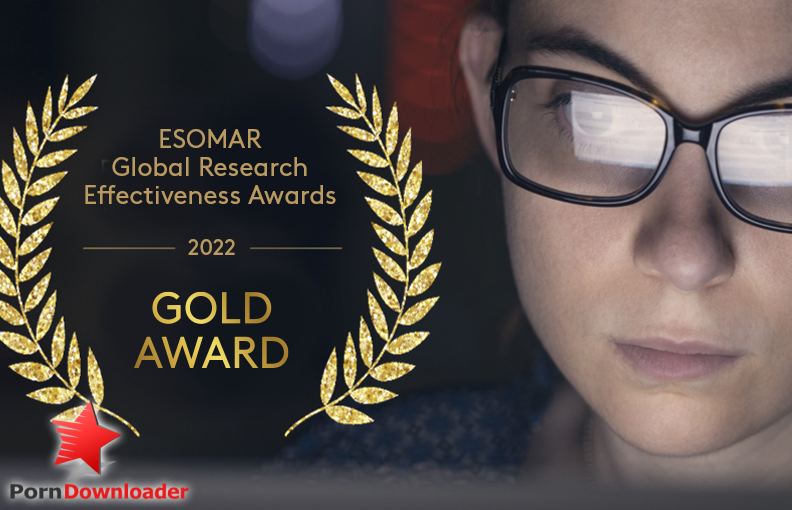The Social Impact of Pornography: Breaking Down Taboos and Stigma
Introduction:
Pornography has long been a topic shrouded in secrecy, shame, and controversy. It has often been associated with negative social impacts, such as objectification, addiction, and the perpetuation of harmful stereotypes. However, in recent years, there has been a growing movement to break down these taboos and stigma surrounding pornography, exploring its potential positive influence, as well as the complexities of its social impact.
The Power of Conversation – Breaking Taboos:
Open and honest conversations about pornography are vital in addressing the taboos and stigma that surround it. By discussing and analyzing its societal implications, we can begin to challenge long-held beliefs and misconceptions. These conversations create opportunities for education, allowing individuals to make informed decisions about their consumption of pornography.
Changing Perspectives:
By breaking down taboos and stigma, we can encourage a more nuanced understanding of pornography’s social impact. Rather than viewing it solely as a source of harm, we can recognize its potential for positive effects on individuals and society. This shift in perspective allows for a more balanced and informed approach to discussing pornography.
The Diverse Impact of Pornography:
It is essential to acknowledge that the social impact of pornography is complex and multifaceted. Its effects can vary greatly depending on factors such as individual psychology, cultural context, and personal values. Recognizing this diversity is crucial in understanding and discussing the social implications of pornography.
Addressing Harmful Stereotypes:
Pornography has often been criticized for perpetuating harmful stereotypes, particularly regarding gender and sexuality. However, by engaging in open dialogue, we can challenge and address these stereotypes. This involves questioning the representation of consensual relationships, promoting diversity, and exploring alternative narratives within the industry.
The Role of Technology:
The advent of technology, specifically the internet, has drastically changed the accessibility and consumption of pornography. This shift has both positive and negative implications. On the one hand, it allows individuals to explore their sexuality and discover diverse forms of pleasure. On the other hand, it raises concerns about overexposure, addiction, and the desensitization of consumers.
Education, Not Censorship:
Instead of advocating for censorship, promoting comprehensive and age-appropriate sex education is key to addressing the potential negative impacts of pornography. By providing individuals with the tools to critically analyze and navigate sexual media, we empower them to make informed choices and establish healthy relationships with pornography.
Supporting Addiction Recovery:
For individuals struggling with addiction to pornography, it is crucial to recognize the importance of support, therapy, and specialized resources. Breaking down taboos and stigma surrounding addiction can help create an environment where individuals feel comfortable seeking help and accessing necessary treatment.
The Role of Relationships:
Pornography can impact relationships in various ways, both positive and negative. It is essential to foster open and honest communication between partners, ensuring that boundaries, consent, and shared values are discussed and respected. This dialogue can help navigate potential conflicts and establish a healthy understanding of each partner’s needs and expectations.
Conclusion:
Breaking down the taboos and stigma associated with pornography is a complex and necessary process. By fostering open conversations, acknowledging the diverse social impacts, and prioritizing education and support, we can create a more informed and balanced understanding of its role in society. It is through this dialogue that we can work towards a healthier and more respectful relationship with pornography.
FAQs – The Social Impact of Pornography: Breaking Down Taboos and Stigma
Q1: What are some potential positive social impacts of pornography?
A1: While there are concerns regarding the social impact of pornography, some argue that it can contribute to sexual education, exploration of fantasies, and a broader understanding of healthy sexuality.
Q2: Does pornography always perpetuate harmful stereotypes?
A2: Pornography has been criticized for perpetuating harmful stereotypes, but it is crucial to recognize that the industry is diverse, and not all content falls into the same category. Efforts are being made to challenge these stereotypes and promote more inclusive and diverse narratives.
Q3: How can we address the potential addiction associated with pornography?
A3: Supporting addiction recovery requires acknowledging the issue, reducing shame and stigma, promoting therapy and specialized resources, and educating individuals about the potential risks and available support systems.
Q4: What role do relationships play in the consumption of pornography?
A4: Pornography can impact relationships in various ways. By fostering open and honest communication, addressing boundaries and consent, and prioritizing shared values, partners can navigate potential conflicts and establish a healthy understanding of each other’s needs and expectations.
Q5: How can comprehensive sex education help address potential negative impacts of pornography?
A5: Comprehensive sex education equips individuals with the knowledge and tools to critically analyze sexual media, develop healthy relationships, and make informed choices. It enables individuals to navigate the potential negative impacts of pornography and establish a balanced perspective.


